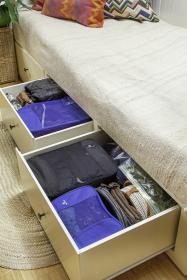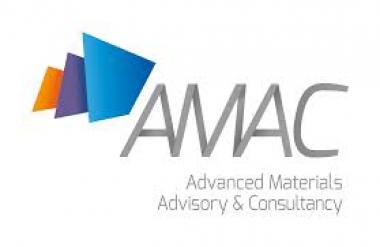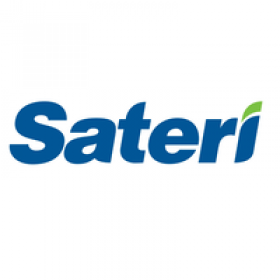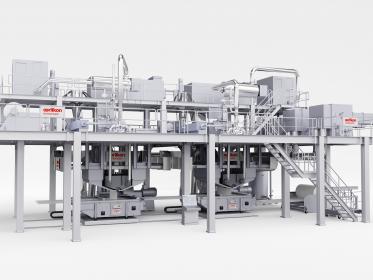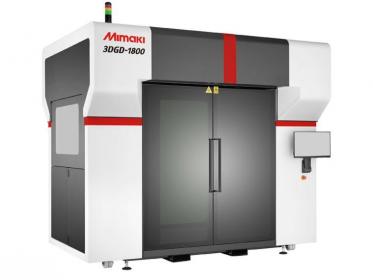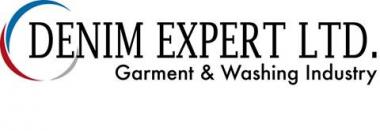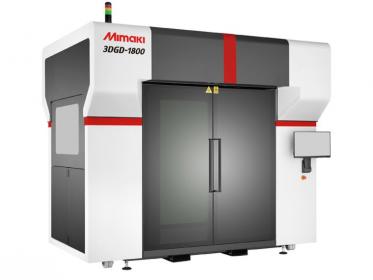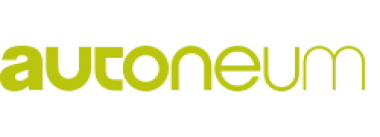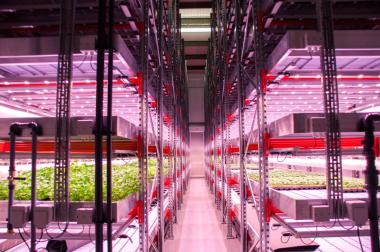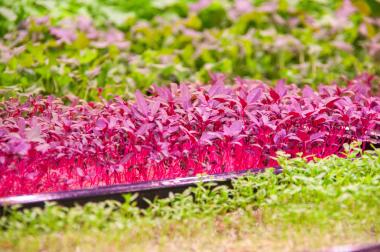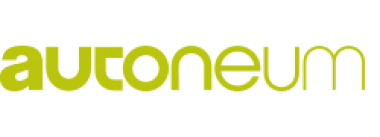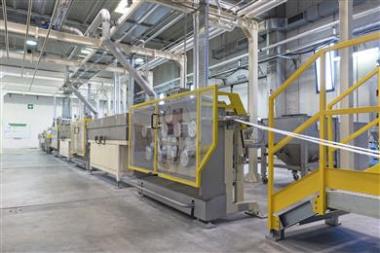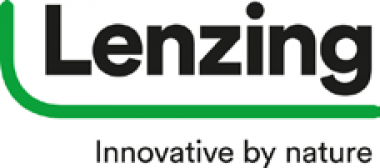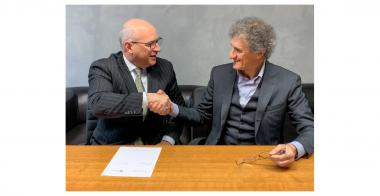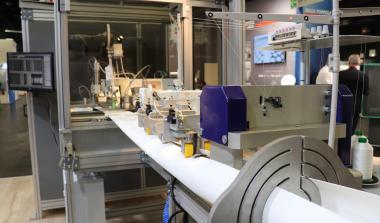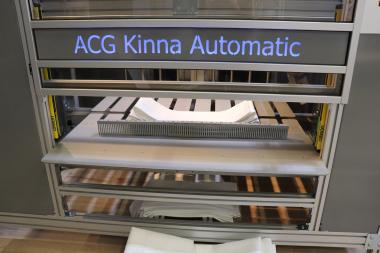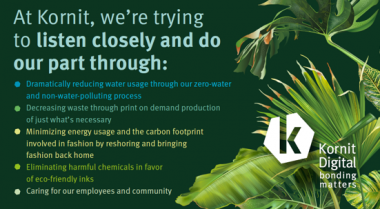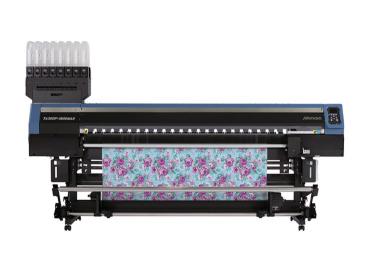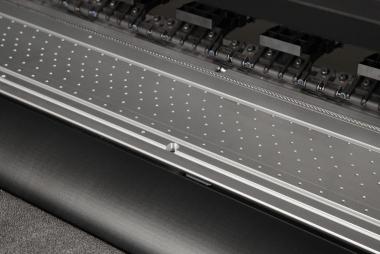Frühjahrsputz mit Eagle Creek
Aus den Augen – unters Bett
Jetzt ist die beste Zeit, um in Kleiderschrank, Garderobe und Kommode für Ordnung und Platz zu sorgen! Denn während draußen die Sonne scheint, verbringen wir aktuell mehr Zeit denn je zu Hause. So mancher fragt sich: Was tun mit der freien Zeit? Neben Homeoffice, XXL Puzzle und Yoga, kannst du jetzt mal richtig Stauraum schaffen. Ja, das geht auch, wenn du weder Keller noch Garage hast. Eagle Creek hat die richtigen Tipps für dich, wie du den Platz unter deinem Bett optimal ausnutzen kannst. So wird nicht nur deine Garderobe, sondern auch deine Kramschublade mit den Pack-It™ Produkten in wenigen Schritten frühjahrsfit.
Ausrangieren und Einlagern
Jetzt ist der beste Zeitpunkt, um den Saisonwechsel auch im Kleiderschrank durchzuführen. Denn die Tage werden länger, die Sonne strahlt und die Temperaturen steigen. Es ist an der Zeit, leichte Jacken, dünne T-Shirts und luftige Kleider hervorzuholen und die dicken Sachen einzumotten. Der Saisonwechsel im Kleiderschrank spart nicht nur Platz, sondern hat noch einen Nebeneffekt: Fach für Fach, Teil für Teil kannst du die Gelegenheit nutzen und mal so richtig ausmisten. Löse dich von Kleiderschrankleichen, lass kaputte Lieblingsteile reparieren und sammle Winter-Only-Sachen auf einem großen Stapel. Alles was für den nächsten Winter eingelagert werden soll, kann in den robusten Pack-It™ Original Packsystemen platzsparend unter dem Bett verstaut werden. Flexible Packwürfel passen in der Regel auch unter flache Betten und lassen sich – anders als Plastikboxen oder Pappkartons – in enge Stellen quetschen. Unser Tipp: Falten in Pullover und Co. lassen sich vermeiden, indem du die Kleidung rollst und nicht wie gewohnt zusammenlegst.
Von Groß zu klein
Jacke wie Hose: Bei besonders sperrigen und voluminösen Kleidungsstücken stellt sich am Ende des Winters oft die Frage: Wohin damit? Der dicke Parker wird zwischen März und Oktober mit hoher Wahrscheinlichkeit nicht mehr gebraucht, macht sich an der Garderobe jedoch mächtig breit. Für solche Produkte empfehlen sich Vakuum- oder Kompressionsbeutel. Durch die cleveren Pack-It™ Compression Sacs (erhältlich als Set mit drei verschiedenen Größen) lässt sich das Packmaß des Inhalts bis zu 80 % reduzieren. Nachdem du deine Sachen in den Nylon verstärkten Packbeutel verstaut hast, kannst du ihn zusammenrollen und somit durch das Einwegventil die Luft herauspressen.
Ruhe für die Schuhe
Die dicken mit Lammfell gefütterten Winterstiefel wirst du wohl kaum im Frühjahr tragen. Also lässt sich auch im Schuhregal ein wenig Platz schaffen. Zunächst überlege dir genau, welche Schuhe du im Sommer wirklich trägst. Alles, was dem Herbst oder Winter vorbehalten ist, wird jetzt aus dem Regal genommen und gepflegt. Halte Ausschau nach Löchern, trockenem Leder oder losgelösten Sohlen – der Schuster freut sich über Arbeit. Danach heißt es putzen, imprägnieren und polieren, bis dass der Nikolaus stolz wäre. Wenn die Winterschuhe wieder glänzen kannst du sie in Schuhbeutel, wie dem Pack-It™ Original Shoe Cube vor Wollmäusen geschützt unter dem Bett verstauen. Profis wissen: Füllt man Winterschuhe mit locker gestopftem Zeitungspapier, behalten sie länger ihre Form.
Schluss mit Krimskrams-Chaos
Jeder hat so eine Schublade in der sich alte elektronische Geräte, undefinierbare Kabel, Stifte, von denen man nicht mehr weiß, welche noch schreiben und anderer Kram angesammelt hat. Irgendwann könnte man es ja nochmal gebrauchen! Hand aufs Herz – die Hälfte der Kabel funktioniert eh nicht mehr und das alte Nokia 3310 hebst du primär aus nostalgischen Gründen auf. Nimm dir zehn Minuten Zeit, um alle Kabel zu entwirren und ordne sie ihren Geräten zu. Jetzt kannst du testen, welche Stifte, Kabel und Geräte noch funktionieren. Der Rest wird ordnungsgemäß entsorgt. Kleiner Tipp am Rande: Viele Händler kaufen defekte Handys und anderen Elektroschrott an. Nach dem Motto „die guten ins Töpfchen“ kannst du den Rest deines Equipments mit den Pack-It™ Original Cubes und Sacs organisieren.
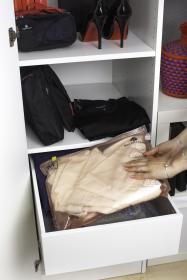 (c) Eagle Creek Europe
(c) Eagle Creek Europe
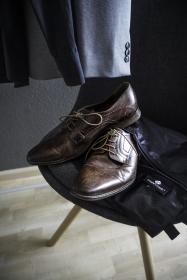 (c) Eagle Creek Europe
(c) Eagle Creek Europe
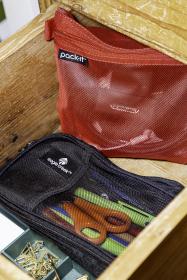 (c) Eagle Creek Europe
(c) Eagle Creek Europe
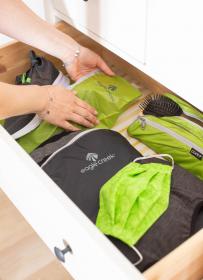 (c) Eagle Creek Europe
(c) Eagle Creek Europe
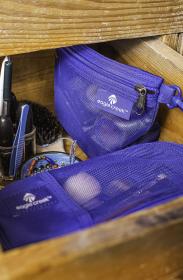 (c) Eagle Creek Europe
(c) Eagle Creek Europe
Eagle Creek Europe


